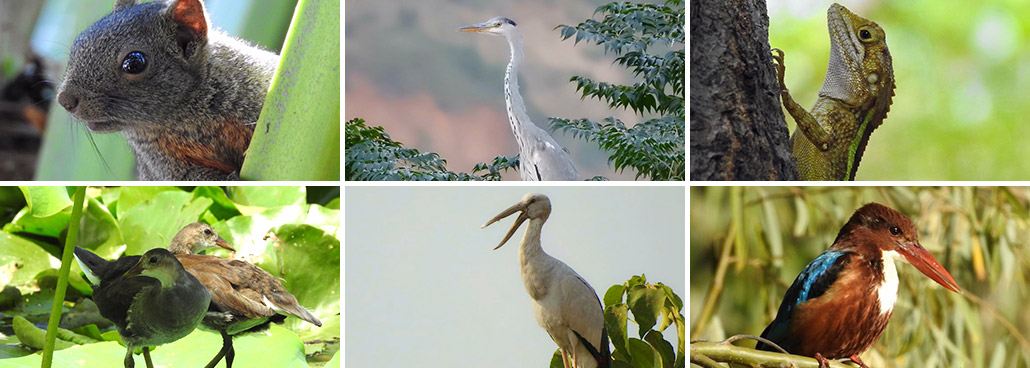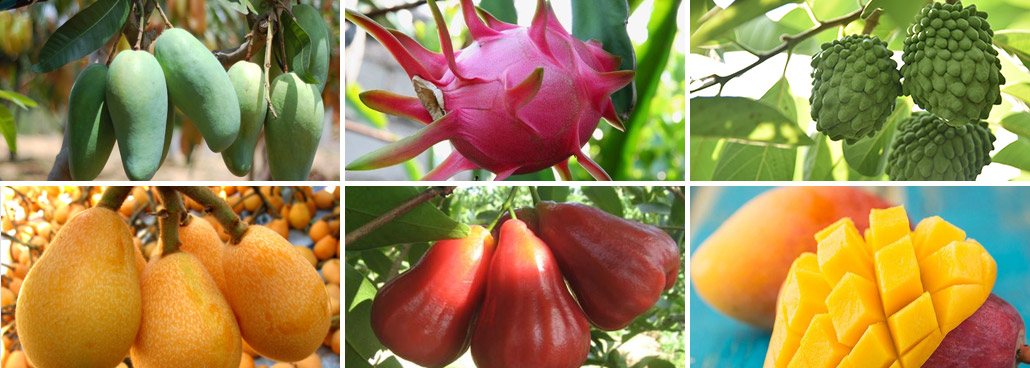Panzhihua City lies at the junction between southwestern Sichuan and northwestern Yunnan. As the only city named after a flower, it enjoys a reputation of “the city is a flower and the flower is a city
更多

Located on the Jinsha River, Panzhihua, formerly known as the Shangba and Xiaba Village, was formed around the eighth year of Tongzhi Reign Period of the Qing Dynasty (1869). Because of the ancient and tall kapok (panzhihua in Chinese) tree at the entrance to the village, it was named ‘Panzhihua Village’.
It was on the ‘Digest of Profiles of All Counties (Yanbian County) of Ningshu Region’ collected in ‘Digest of Profiles of Chuankang Border Strategy’ published in April 1940 that the name of ‘Panzhihua Vill
更多
Before the Sui Dynast
Before the Sui Dynasty
Archaeological findings prove that Panzhihua is one of the areas witnessing the earliest human activities. In addition to the ruins of the “Yuanmou Man” and the “Butterfly Man” found in the neighboring area, the ruins of the Huilong Cave hominids who lived about 18,000 to 12,
更多
As of 2018, under the administration of Panzhihua Municipality were three districts and two counties ((East, West and Renhe District and Miyi and Yanbian County), 16 sub-district offices, 21 designated townships and 23 townships. Municipal People's Government is located at No. 2, Bingcaogang Street, Bingcaogang Subdistrict, Eas

Panzhihua City is located at the junction of Sichuan and Yunnan in southwest China, with a north latitude of 26°05′~ 27°21′ and a east longitude of 101°08′~102°15′. The Jinsha River and the Yalong River meet here. It borders on Huili, Dechang and Yanyuan, three counties of Liangshan Yi Autonomous Prefecture of Sichuan Province, in the east and north, and Ninglang, Huaping and Yongren counties of Yunnan Province in the west and south. The city cov
更多
Located in the middle and south part of the Pan-Xi rift valley, Panzhihua has a geomorphology of eroded or denuded middle mountains and hills and alpine valleys, characterized by high mountains and deep valleys, and interlaced distribution of basins. The terrain tilts from northwest to southeast; the strike of mountains is roughly south to north. It is the south extension of the snow mountains. Its highest point of elevation (4195.5 meters) is located in Chuandongzi, Bailinshan, Yanbian County, the lowest point (937 meters) in Sh
更多
Panzhihua has various climate types of the south subtropical zone to the north temperate zone, which is known as ‘a three-dimensional climate based on the south subtropical zone’, featuring long summer, indistinct four seasons, distinct dry and rainy seasons, large difference in temperature between day and night, arid climate, concentrated rainfall, long duration of sunshine, intense solar radiation, strong evaporation, and complicated and diversified microclimate. The annual average temperature of Panzhihua is the highest i
更多
Panzhihua abounds in hydropower resources; the theoretical reserve of hydropower resources is above 6879 MW, exploitable hydropower up to 5994 MW. The hydropower resources in Panzhihua are concentrated, mainly distributed in the transit Jinsha River, Yalong River and the tributary rivers like Anning, Yongxing and Te
更多
There are more than 190 families, 900 genera and more than 2,300 species of wild plants in Panzhihua City, among which 130 families, 372 genera and 546 species of wild plant resources are distributed in Renhe District. Plants in Panzhihua include 9 families, 13 genera, and 24 species (including 2 varieties) of acarids, 4 families, 5 genera, and 9 species (including 1 variety) of gymnosperms, 105 families, 306 genera, and 453 species (including 18 varieties and 3 subspecies) of dicotyled
更多
Panzhihua City is rich in wildlife resources and has a wide variety of species. There are 287 species (including subspecies) of wild vertebrates in the territory, accounting for 22.21% of the total species (including subspecies) of animals in Sichuan Province, while its area is less than 2% of the total area of Sichuan. Among them, there are 5 classes and 158 species of wild economic animals, including 7 orders, 12 families, 25 species and 4 subspecies of mammals, 6 orders, 26 families, 30 species and 38 subspecies of aves,
更多
As one of China's four major iron mines, Panzhihua has 7.18 billion tons of proven iron ore (mainly V-bearing titaniferous magnetite), accounting for 72.3% of that of Sichuan. The associated titanium reserve accounts for 93% of that of China, ranking first in the world. The associated vanadium reserve accounts for 63% of that of China, ranking third in the world. After years of development and utilization, the city's retai
更多
Panzhihua local favors prefer Sichuan taste and the most popular food is Yanbian lamb rice noodles. The rice noodles, which are cooked in pure mutton soup, and flavored with thick broad-bean sauce, pepper, Capsicum frutescens and other seasoning, are unique in flavor and very representative. Panzhihua also produces tropical rare fruits such as mango, wax apple, dragon fruit, and pineapple. ‘Panzhihua Mango’, ‘Panzhihua Loquat’, ‘Datian P
更多Gesala Ecotourism Area is a national AAAA scenic spot, a provincial-level resort area, and a provincial-level ecotourism area. Located in the northwest part of Panzhihua, it is nearly 110km away from the urban downtown.
更多

Ertan National Forest Park is a national AAAA scenic spot and a national model for industrial tourism. Located next to the downtown area of Yanbian County, the park is more than 20km away from the d...
更多The scenic spot Zhuanxu Dragon Cave in Miyi is a national AAA scenic spot and a provincial level tourism resort. Located in Baima Town of Miyi County and nearly 5km away east to the exit Guabang of G5 Beijing-Kunming Exp...
更多